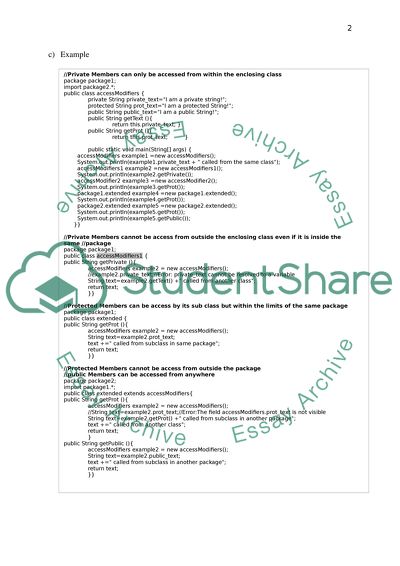Cite this document
(“Java Research Paper Example | Topics and Well Written Essays - 1750 words”, n.d.)
Retrieved from https://studentshare.org/other/1395610-java
Retrieved from https://studentshare.org/other/1395610-java
(Java Research Paper Example | Topics and Well Written Essays - 1750 Words)
https://studentshare.org/other/1395610-java.
https://studentshare.org/other/1395610-java.
“Java Research Paper Example | Topics and Well Written Essays - 1750 Words”, n.d. https://studentshare.org/other/1395610-java.


